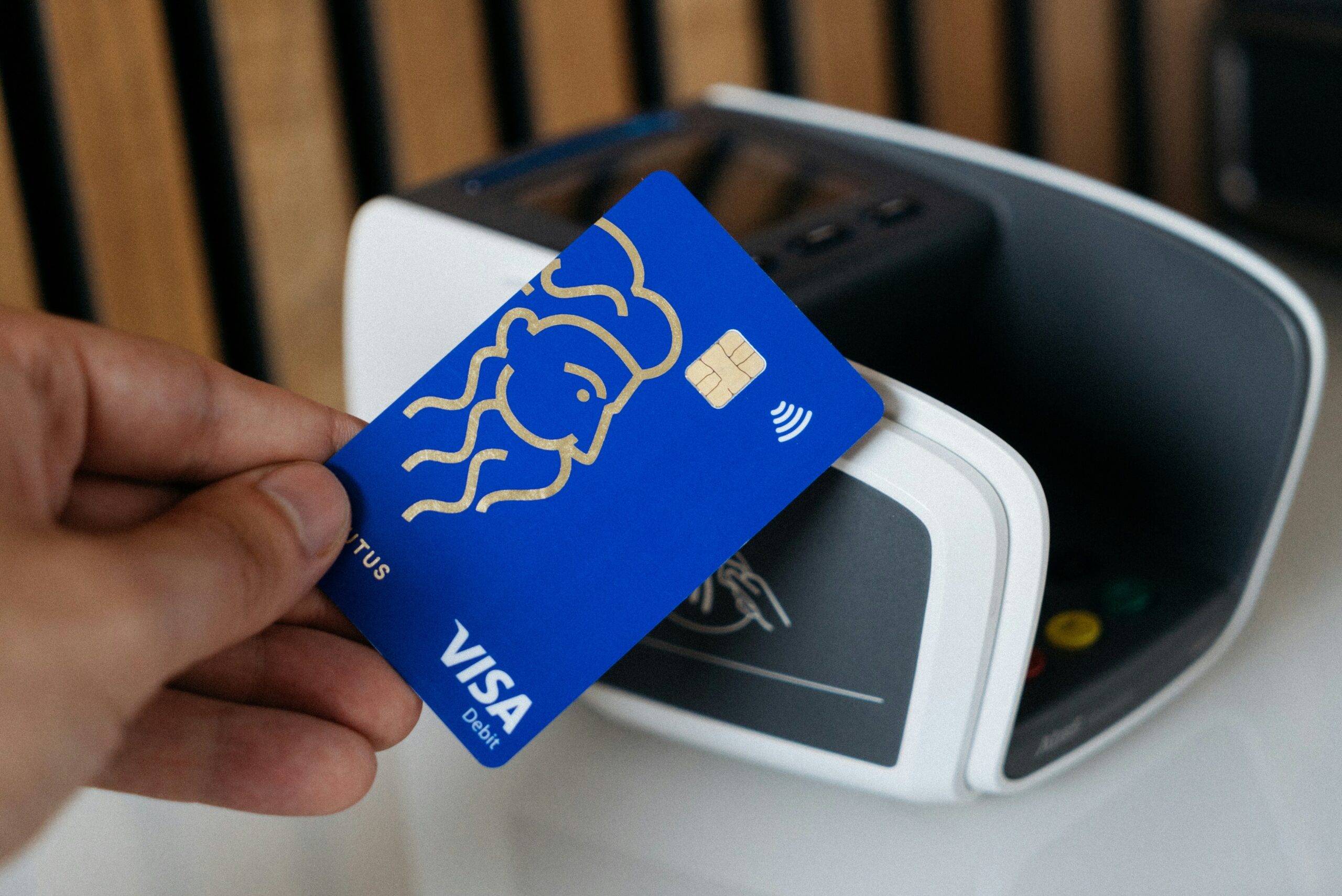“Ever argued with your partner over who forgot to pay the bill? Yeah, joint credit cards can feel like a battlefield.”
If you’re considering applying for a joint credit card—or already share one—you know it’s not just about spending. Joint credit cards come with serious financial responsibility that requires clear communication, trust, and strategy. In this post, we’ll cover why managing joint credit card financial responsibility matters more than ever, how to avoid common pitfalls, and actionable steps to keep both your finances and relationship intact. You’ll also get tips on choosing the right card, real-world examples, and answers to FAQs.
Table of Contents
- Key Takeaways
- Why Sharing a Joint Credit Card Is Tricky Business
- Step-by-Step Guide to Mastering Joint Credit Card Financial Responsibility
- Top Tips for Managing a Joint Credit Card Successfully
- Real-Life Success Stories (Because We All Need Hope)
- Frequently Asked Questions About Joint Credit Cards
- Conclusion
Key Takeaways
- A joint credit card means shared responsibility—both partners are equally liable for all charges.
- Poor management of a joint credit card can harm relationships and credit scores alike.
- Setting ground rules, tracking expenses, and automating payments are essential strategies for success.
- Not every couple needs a joint credit card; alternatives like authorized user accounts exist.
Why Sharing a Joint Credit Card Is Tricky Business

Managing a joint credit card involves navigating challenges like overspending risks and mutual accountability.
Let me tell you about the time I messed up big time. My partner and I got a joint credit card before we fully understood what “shared liability” meant. One missed payment later, our credit scores plummeted. It was brutal—not just financially but emotionally. The lesson? A joint credit card isn’t just another piece of plastic; it’s a commitment.
Here’s the cold truth: Joint credit cards bind two individuals financially. If one person racks up debt or misses payments, both parties suffer the consequences. According to a recent survey by NerdWallet, nearly 40% of couples experience conflicts over finances, with joint accounts being a frequent flashpoint. Sound familiar?
What makes this so tricky?
- Lack of Boundaries: Without set limits, it’s easy to overspend.
- Miscommunication: Assuming the other will handle the bill? That’s a recipe for disaster.
- Credit Score Impact: Your score is now tied to someone else’s behavior.
Step-by-Step Guide to Mastering Joint Credit Card Financial Responsibility

Create a solid plan using these actionable steps to ensure joint financial success.
Optimist You: “Follow these steps, and you’ll ace joint credit card ownership!”
Grumpy You: “Only if coffee’s involved. Let’s go.”
Step 1: Have an Honest Conversation First
Before signing up, sit down and discuss each other’s spending habits, financial goals, and concerns. Are you saving for a house or paying off student loans? Aligning priorities early prevents future headaches.
Step 2: Set Clear Spending Limits
Decide on a monthly spending cap and stick to it. Tools like Mint or YNAB (You Need A Budget) make tracking easier.
Step 3: Automate Payments to Avoid Late Fees
No excuses. Automating payments ensures bills are paid on time, protecting your credit score.
Step 4: Monitor Regularly
Schedule weekly check-ins to review transactions together. Transparency builds trust.
Step 5: Establish Emergency Protocols
Create a backup plan in case something goes wrong (e.g., job loss). Knowing how to handle emergencies keeps stress at bay.
Top Tips for Managing a Joint Credit Card Successfully
- Never Skip the Fine Print: Understand terms like APR and late fees before applying.
- Use Alerts Liberally: Enable text/email notifications for purchases above a certain amount.
- Set Aside a Dispute Buffer: Keep some cash reserved in case disputes arise.
- Don’t Be Afraid to Say No: If combining finances feels too risky, explore separate cards instead.
Terrible Tip Alert: Thinking “we’ll figure it out as we go” rarely works. Always have a concrete plan first!
Real-Life Success Stories (Because We All Need Hope)

A chart illustrates how implementing smart joint credit practices improved credit scores over a year.
Jane and Mark struggled initially when they opened a joint credit card. But after setting strict limits ($500 per month), automating payments, and holding bi-weekly meetings, their combined credit score improved by 80 points within a year. They even saved enough for a down payment on a car! Moral of the story? Discipline pays off—in multiple ways.
Frequently Asked Questions About Joint Credit Cards
Can I remove myself from a joint credit card later?
Unfortunately, no. Both parties must close the account entirely to end the agreement.
What happens if my partner mismanages the card?
You’re equally responsible. Missed payments or high balances affect both your credit histories.
Is a joint credit card better than adding an authorized user?
That depends. Authorized users don’t share liability, which might be safer depending on your situation.
Conclusion
A joint credit card can be a powerful tool—or a ticking time bomb—for couples willing to collaborate. By understanding its risks and embracing financial responsibility, you can build stronger credit and deeper trust. Remember, the key lies in open communication, careful planning, and consistent monitoring.
So here’s the deal: Next time you swipe that shared card, think twice—and maybe grab a cup of coffee while you’re at it. After all, managing money together should feel less like whirring laptop fans and more like smooth jazz.
Haiku Time:
Shared cards, shared dreams
Budget wisely, pay on time
Love grows where trust blooms


